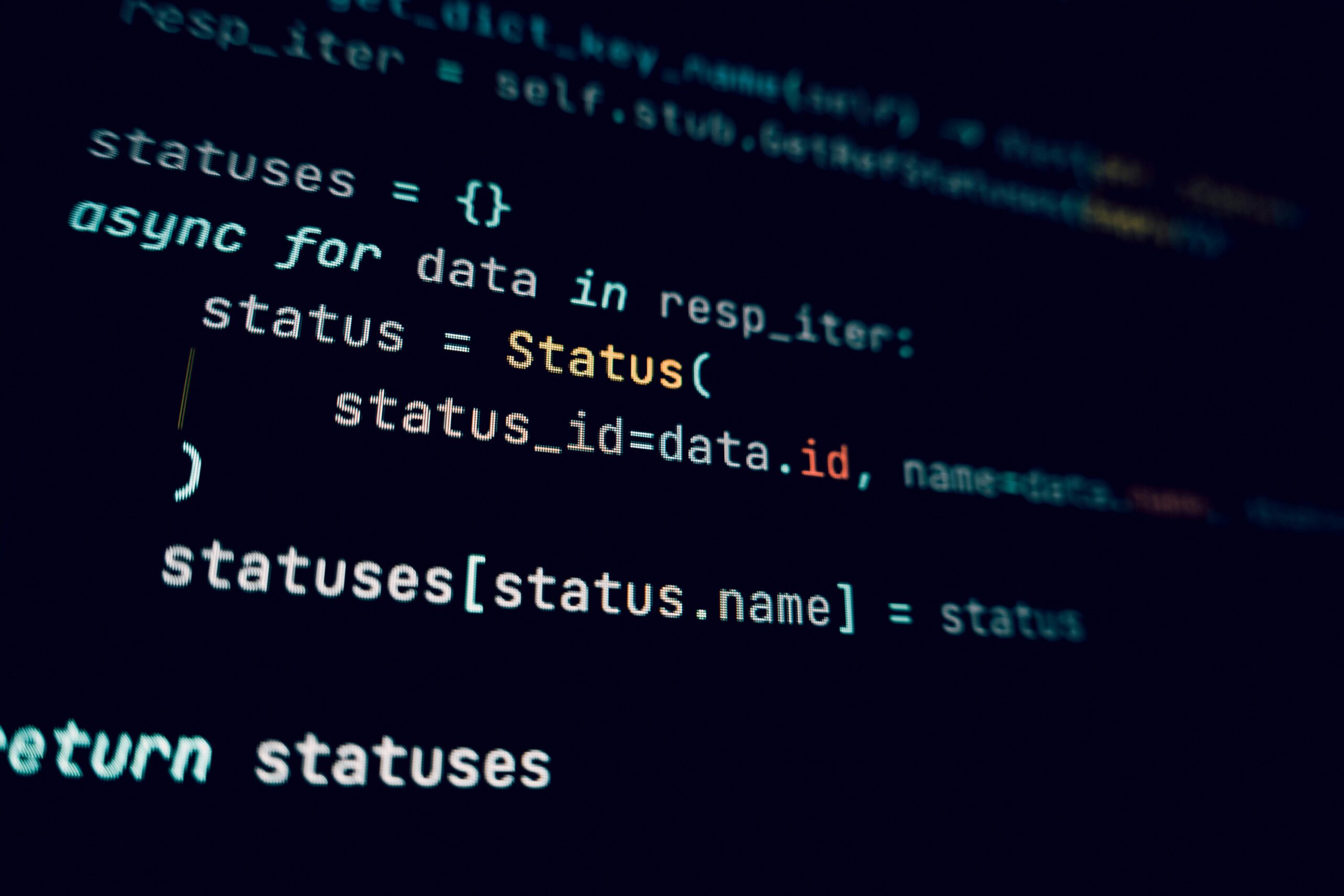Table of Contents
- Introduction
- What are Variables?
- Variable Declaration
- Variable Scope
- Data Types
- Variable Naming Conventions
- Common Pitfalls
- Best Practices
- Advanced Concepts
- Practical Examples
Introduction
Variables are one of the fundamental concepts in JavaScript programming. They act as containers that store data values and allow us to manipulate data throughout our code. This guide will take you from the basics to advanced concepts of JavaScript variables.
What are Variables?
Think of variables as labeled boxes where you can store different types of data. Just as you might label a box “Winter Clothes” to know what’s inside, variables in JavaScript have names that help us identify what data they contain.
javascriptCopylet userAge = 25; // A box labeled "userAge" containing the number 25
let userName = "John"; // A box labeled "userName" containing the text "John"
let isOnline = true; // A box labeled "isOnline" containing the value true
Variable Declaration
JavaScript provides three ways to declare variables:
1. Using var (Traditional)
javascriptCopyvar oldWay = "I'm the old way";
2. Using let (Modern, Recommended)
javascriptCopylet modernWay = "I'm the recommended way";
3. Using const (Constant values)
javascriptCopyconst FIXED_VALUE = "I cannot be changed";
Key differences:
varis function-scoped and can be redeclaredletis block-scoped and cannot be redeclaredconstis block-scoped and cannot be reassigned
Variable Scope
Understanding scope is crucial for working with variables effectively.
Global Scope
javascriptCopylet globalVariable = "I'm available everywhere";
function someFunction() {
console.log(globalVariable); // Accessible here
}
Local Scope
javascriptCopyfunction localExample() {
let localVariable = "I'm only available inside this function";
console.log(localVariable);
}
// console.log(localVariable); // This would cause an error
Block Scope
javascriptCopyif (true) {
let blockVariable = "I'm only available in this block";
const alsoBlockScoped = "Me too!";
var notBlockScoped = "I'm available outside too"; // var ignores block scope
}
Data Types
JavaScript variables can hold different types of data:
Primitive Types
javascriptCopylet stringExample = "Hello, World!"; // String
let numberExample = 42; // Number
let booleanExample = true; // Boolean
let nullExample = null; // Null
let undefinedExample; // Undefined
let symbolExample = Symbol('symbol'); // Symbol
Complex Types
javascriptCopylet arrayExample = [1, 2, 3]; // Array
let objectExample = { // Object
name: "John",
age: 30
};
Variable Naming Conventions
Following proper naming conventions makes your code more readable and maintainable.
Do’s:
javascriptCopylet firstName = "John"; // Camel case for regular variables
const MAX_VALUE = 100; // Upper snake case for constants
let userName_123 = "user123"; // Numbers are allowed, but not at start
Don’ts:
javascriptCopylet 123name = "wrong"; // Don't start with numbers
let user-name = "wrong"; // Don't use hyphens
let let = "wrong"; // Don't use reserved keywords
Common Pitfalls
1. Hoisting Issues
javascriptCopyconsole.log(hoistedVar); // undefined
var hoistedVar = "I'm hoisted";
console.log(notHoisted); // Error!
let notHoisted = "I'm not hoisted";
2. Scope Confusion
javascriptCopyvar x = 1;
if (true) {
var x = 2; // Same variable!
console.log(x); // 2
}
console.log(x); // 2
let y = 1;
if (true) {
let y = 2; // Different variable
console.log(y); // 2
}
console.log(y); // 1
Best Practices
- Use Descriptive Names
javascriptCopy// Bad
let x = "John Doe";
// Good
let fullName = "John Doe";
- Use
constby Default
javascriptCopy// Prefer const when the value won't change
const API_URL = "https://api.example.com";
const userConfig = {
theme: "dark",
language: "en"
};
- Declare Variables at the Top
javascriptCopyfunction userProfile() {
const name = "John";
const age = 30;
const email = "john@example.com";
// Rest of the function...
}
Advanced Concepts
Destructuring
javascriptCopyconst person = {
name: "John",
age: 30,
city: "New York"
};
const { name, age } = person;
console.log(name); // "John"
console.log(age); // 30
Template Literals
javascriptCopyconst userName = "John";
const greeting = `Hello, ${userName}!`;
console.log(greeting); // "Hello, John!"
Practical Examples
User Profile Management
javascriptCopyconst userProfile = {
firstName: "John",
lastName: "Doe",
age: 30,
email: "john@example.com"
};
function updateProfile(field, value) {
if (field in userProfile) {
userProfile[field] = value;
console.log(`Updated ${field} to ${value}`);
} else {
console.error("Invalid field");
}
}
updateProfile("age", 31);
Shopping Cart Total
javascriptCopylet cartItems = [
{ name: "Book", price: 20 },
{ name: "Pen", price: 5 },
{ name: "Notebook", price: 10 }
];
const calculateTotal = (items) => {
return items.reduce((total, item) => total + item.price, 0);
};
const cartTotal = calculateTotal(cartItems);
console.log(`Total: $${cartTotal}`); // Total: $35
Conclusion
Understanding variables is crucial for JavaScript development. Remember these key points:
- Use
letandconstinstead ofvar - Choose descriptive variable names
- Understand scope and hoisting
- Follow consistent naming conventions
- Use const by default, let when needed
Practice these concepts regularly, and they’ll become second nature in your JavaScript development journey.
Note: This tutorial covers ECMAScript 6+ (modern JavaScript). Some concepts might not work in very old browsers.



